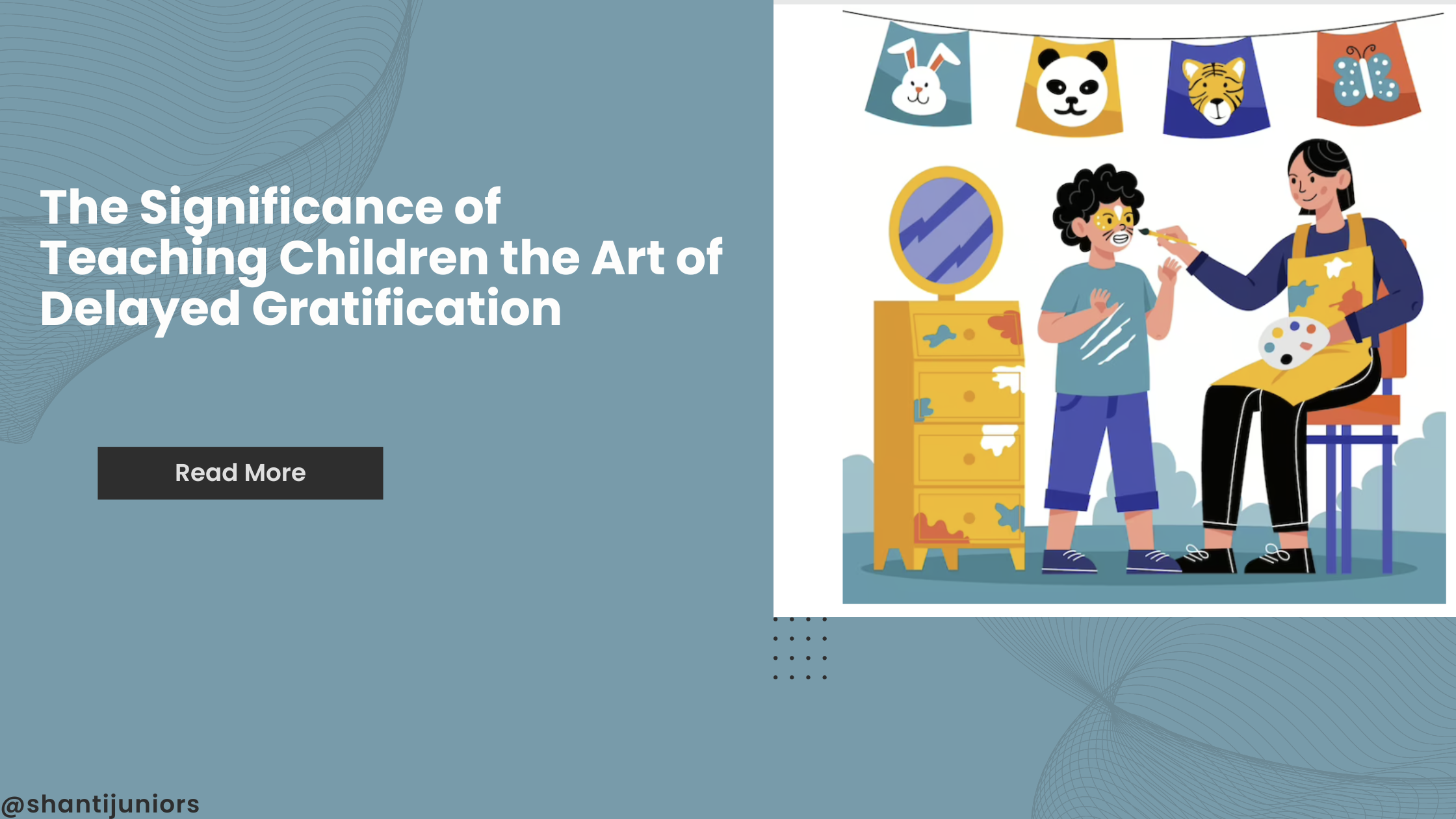

In a world of instant gratification, where everything from information to entertainment is available at the tap of a screen, teaching children the value of delayed gratification has never been more crucial. The ability to wait for rewards, to invest time and effort in pursuing long-term goals, is a skill that can significantly impact a child's success and overall well-being. In this article, we'll explore why imparting the art of delayed gratification to children is a priceless lesson for their growth and future achievements.
Introduction
In a world of instant gratification, where everything from information to entertainment is available at the tap of a screen, teaching children the value of delayed gratification has never been more crucial. The ability to wait for rewards, to invest time and effort in pursuing long-term goals, is a skill that can significantly impact a child's success and overall well-being. In this article, we'll explore why imparting the art of delayed gratification to children is a priceless lesson for their growth and future achievements.
Understanding Delayed Gratification: Delayed gratification is the practice of resisting immediate rewards in favor of larger, more meaningful outcomes that require patience and perseverance. The famous "marshmallow test," where children were offered a choice between one marshmallow immediately or two marshmallows if they waited for a period, demonstrated the power of self-control and patience.
Fostering Resilience and Perseverance: Teaching children to wait for rewards instills resilience and perseverance. When they learn that good things come to those who are patient and work diligently, they develop a stronger sense of determination. This mindset becomes an essential asset as they face challenges in academics, sports, and personal endeavors.
Also Read: The Importance of School Uniforms: Fostering Equality, Discipline, and Focus
Enhancing Goal-Oriented Behavior: Delayed gratification is closely linked to setting and achieving goals. Children who grasp this concept understand that success often requires short-term sacrifices for long-term gains. They become more focused on their aspirations, showing commitment and dedication to their dreams.
Promoting Emotional Regulation: Impulsivity, a common trait in children, can lead to hasty decisions and emotional turbulence. Learning to delay gratification helps children regulate their impulses and make decisions based on reason rather than immediate desires. This emotional maturity contributes to better decision-making throughout their lives.
Cultivating Critical Thinking: Delayed gratification encourages children to think critically about their choices. They learn to assess the pros and cons of different options, weigh potential outcomes, and make informed decisions. This analytical thinking becomes a valuable skill in navigating life's complex situations.
Strategies for Teaching Delayed Gratification:
Practice Patience: Engage children in activities that require waiting, such as growing a plant or saving allowance for a desired toy. Use these opportunities to discuss the benefits of patience.
Set Goals: Help children set short-term and long-term goals. Encourage them to break down larger goals into manageable steps, emphasizing the rewards that await their efforts.
Celebrate Progress: Recognize and celebrate milestones along the way. This reinforces the idea that steady progress leads to eventual success.
Teach Self-Control: Introduce techniques for managing impulses, such as counting to ten before making a decision or taking deep breaths when feeling impatient.
Model Delayed Gratification: Children learn by example. Share stories of your own experiences where patience and delayed gratification led to positive outcomes.
Also Read: Navigating Toddler Food Allergies and Intolerances: A Parent's Guide
Conclusion: Teaching children the art of delayed gratification is an investment in their future success and well-being. This skill equips them with the ability to persevere, set and achieve goals, regulate their emotions, and make thoughtful decisions. As parents, educators, and caregivers, it's our responsibility to guide them towards a balanced perspective that values both short-term pleasures and long-term rewards. By imparting this lesson, we empower them to navigate life's challenges with patience and resilience, ultimately contributing to their personal growth and achievements.